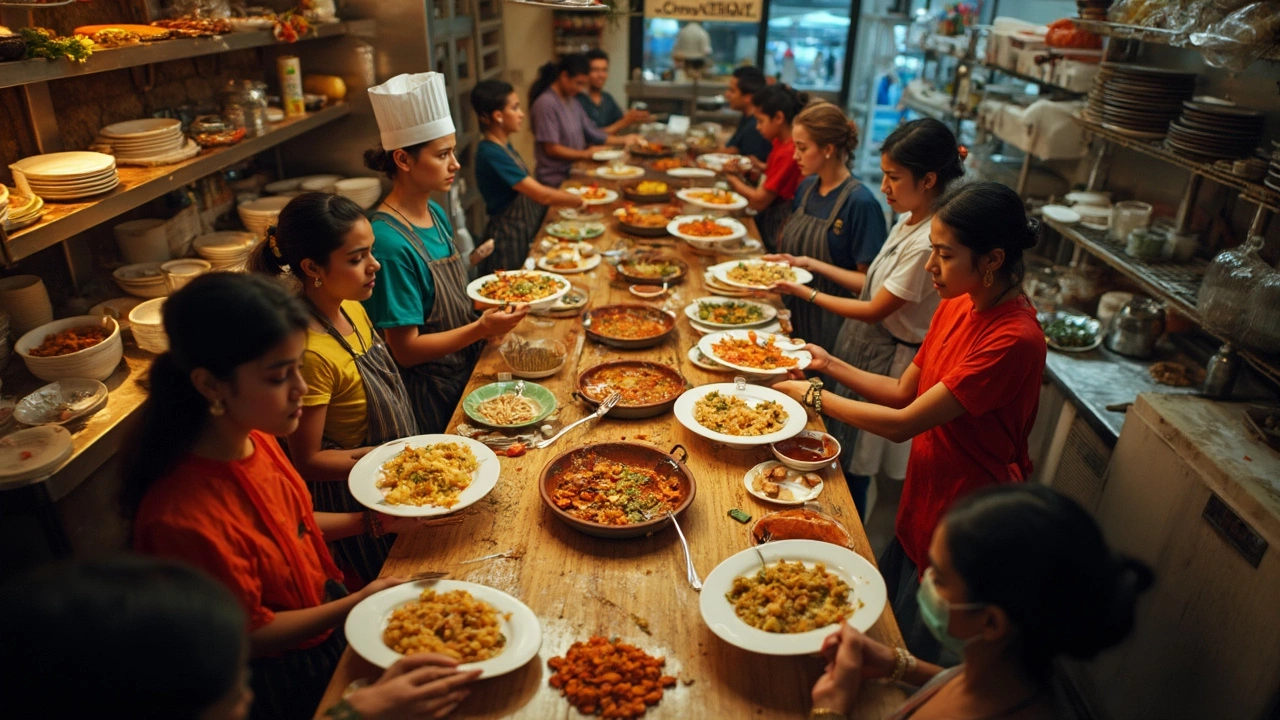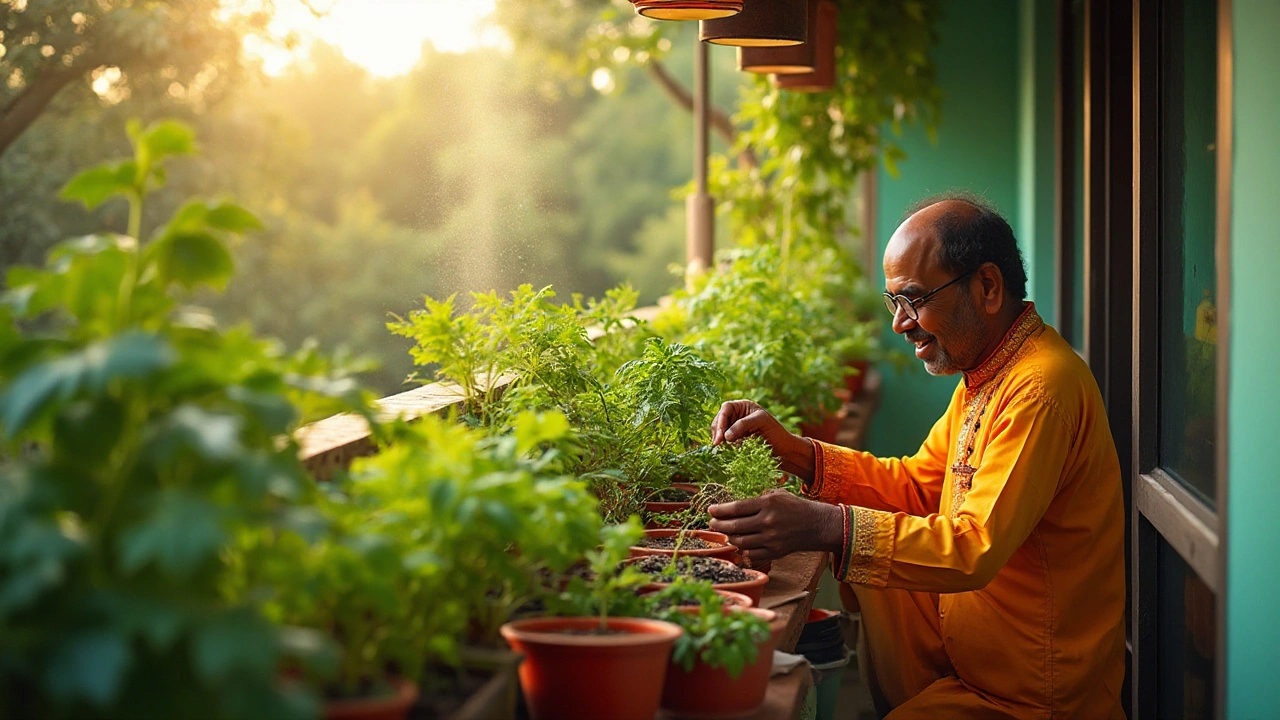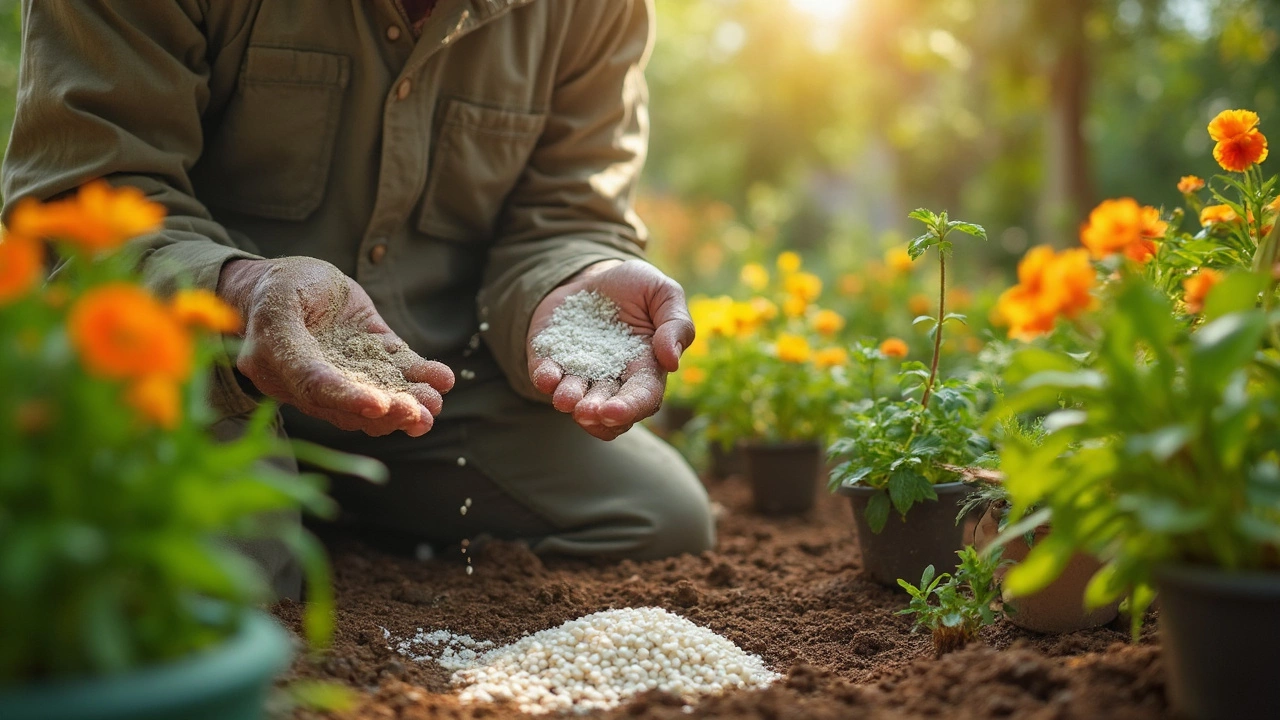HDPE Market 2025 Overview
When analyzing HDPE market 2025, the projected size, growth rate and key trends for high‑density polyethylene in the year 2025, also known as HDPE 2025 outlook, you quickly see how it intertwines with high‑density polyethylene (HDPE), a versatile polymer used in packaging, construction and pipes, plastic manufacturing, the process of converting raw polymer resin into finished goods, and the packaging industry, a major demand driver for HDPE bottles, films and containers. This ecosystem is shaped by raw‑material costs, regulatory shifts, and recycling rates. In simple terms, the HDPE market 2025 encompasses demand from the packaging sector, relies on plastic manufacturing to turn resin into products, and is influenced by recycling practices that affect supply and price stability.
Key Factors Shaping the HDPE Landscape
First, demand from the packaging industry remains the biggest engine. Indian snack manufacturers, beverage companies and FMCG brands are expanding their product lines, which pushes up HDPE consumption for bottles and caps. At the same time, the construction sector is buying HDPE pipes for water distribution because the material resists corrosion. Second, raw‑material pricing is volatile. Ethylene feedstock prices rose sharply in 2023, and analysts expect a moderate correction by 2025, meaning HDPE resin costs could settle around 55‑60 USD per tonne. Third, environmental regulations are tightening. India’s plastic waste management rules now require a minimum recycled content in new HDPE containers, so recyclers are scrambling to increase supply. This creates a clear connection: recycling influences the HDPE market, and manufacturers must adapt their formulations. Fourth, global trade patterns matter. China and the United States still dominate HDPE production, but India is closing the gap with new petrochemical complexes in Gujarat and Tamil Nadu. Those plants boost domestic capacity, reduce import dependence, and add to the overall market size forecast of roughly 4.2 million tonnes by 2025.
Third‑party research shows that the HDPE market’s compound annual growth rate (CAGR) is expected to hover around 6 % from 2022 to 2025. That number comes from combining three sub‑trends: rising per‑capita consumption of packaged food, government‑driven infrastructure projects that need HDPE piping, and the gradual shift toward recycled HDPE (rHDPE) in high‑volume applications. For businesses, the takeaway is clear – invest in supply‑chain flexibility, track feedstock price indices, and explore partnerships with certified recyclers. For policymakers, supporting a stable feedstock market and encouraging recycled content can keep prices affordable while meeting sustainability goals. Below you’ll find articles that dive deeper into each of these themes, from detailed price analysis to case studies of Indian manufacturers adapting to the new rules.
Which Plastic Is in Demand in 2025? Resin Winners, Use-Cases, and Sourcing Tips
The 2025 plastics winners: rPET, rHDPE/rPP, LLDPE films, HDPE pipes, PET, PP for autos/appliances, and EVA/POE for solar. Clear reasons, risks, and buying tips.
- manufacturing
- India
- food processing
- garden tips
- rice cultivation
- government schemes
- balcony garden
- urban gardening
- balcony gardening
- profitable business
- business ideas
- plastic manufacturing
- drip irrigation
- plant care
- steel manufacturing
- sustainable gardening
- startup ideas
- steel industry
- flower gardening
- textile manufacturers






